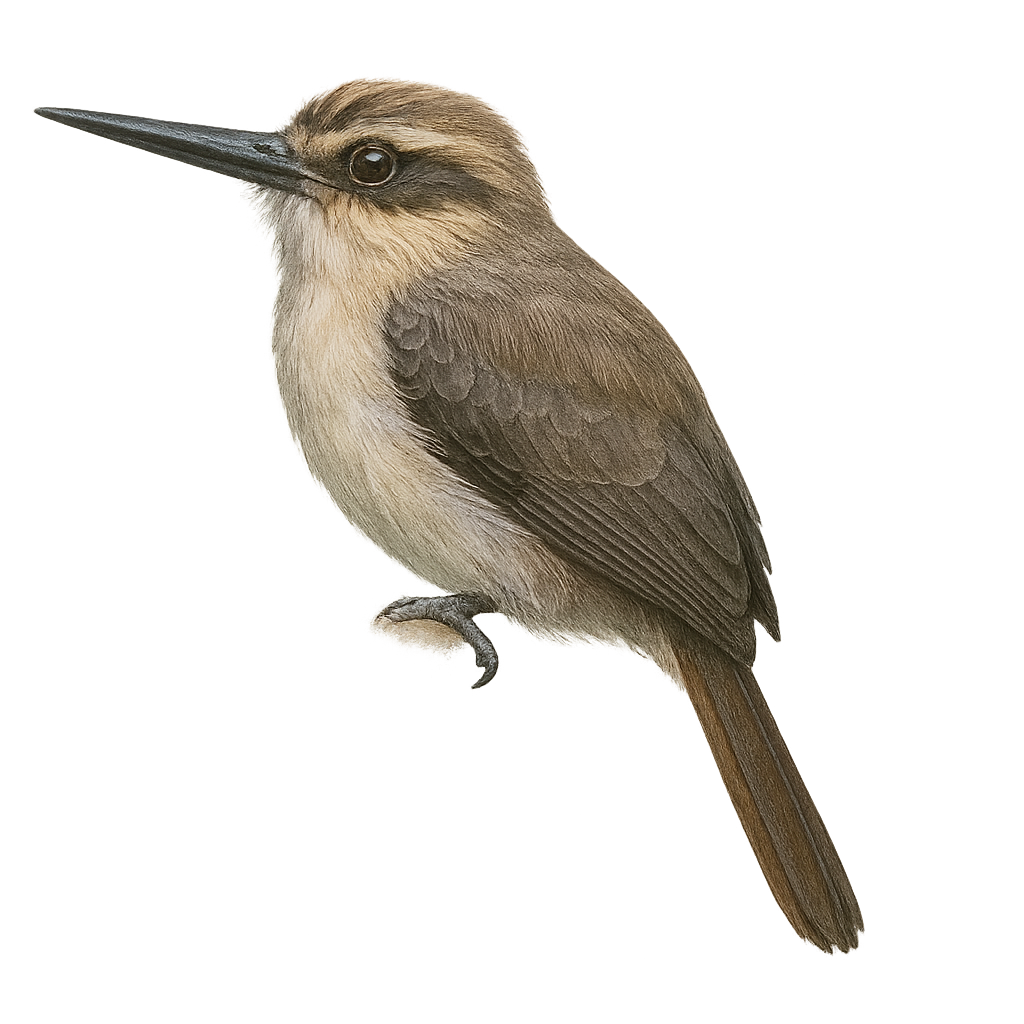Your wildlife photography guide.
Explore the three-toed jacamar in detail, study its behavior, prepare your shots.
Where to observe and photograph the three-toed jacamar in the wild
Learn where and when to spot the three-toed jacamar in the wild, how to identify the species based on distinctive features, and what natural environments it inhabits. The WildlifePhotographer app offers tailored photography tips that reflect the three-toed jacamar’s behavior, helping you capture better wildlife images. Explore the full species profile for key information including description, habitat, active periods, and approach techniques.
Three-toed Jacamar
Scientific name: Jacamaralcyon tridactyla

IUCN Status: Near Threatened
Family: GALBULIDAE
Group: Birds
Sensitivity to human approach: Suspicious
Minimum approach distance: 10 m
Courtship display: September to November
Incubation: 19-21 jours
Hatchings: September to December
Habitat:
Humid tropical forests, wooded areas, forest edges
Activity period :
Primarily active during the day, with peak activity in the morning and late afternoon.
Identification and description:
The Three-toed Jacamar is a fascinating bird, endemic to Brazil, distinguished by its bright plumage and long, slender beak. It primarily inhabits humid tropical forests and wooded areas, where it feeds mainly on flying insects. This bird is known for its ability to remain motionless for long periods, patiently waiting for its prey to come within reach. Although its habitat is limited, it adapts well to environmental changes, allowing it to survive in fragmented areas. Its population is currently stable, but deforestation continues to threaten its natural habitat.
Recommended lens:
400 mm – adjust based on distance, desired framing (portrait or habitat), and approach conditions.
Photography tips:
To photograph the Three-toed Jacamar, it is advisable to use a telephoto lens of at least 400mm to capture detailed images without disturbing the bird. Look for a spot where the bird is active, usually near forest edges or wooded areas. Be patient and wait for it to perch on an exposed branch. Take advantage of the natural morning light to achieve vibrant colors and good contrast. Use a tripod to stabilize your camera and avoid motion blur.
The WildlifePhotographer App is coming soon!
Be the first to explore the best nature spots, track rutting seasons, log your observations, and observe more wildlife.
Already 1 429 wildlife lovers subscribed worldwide

